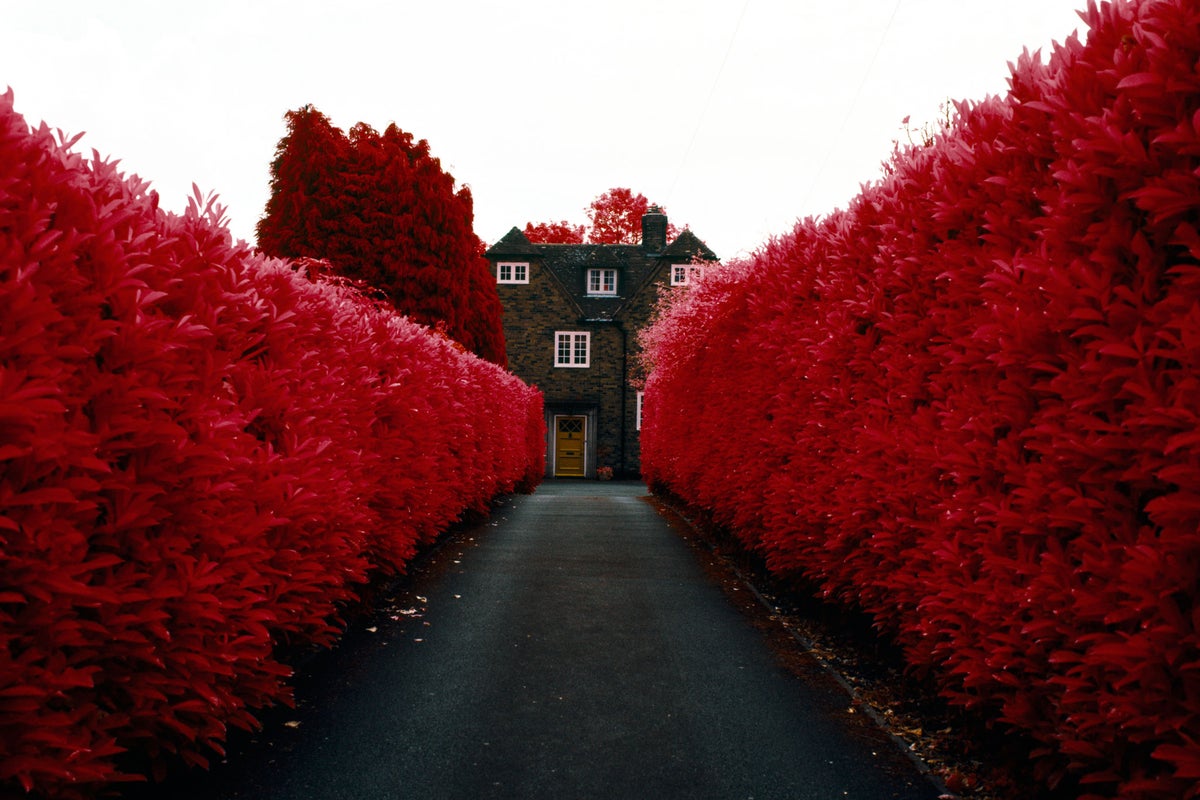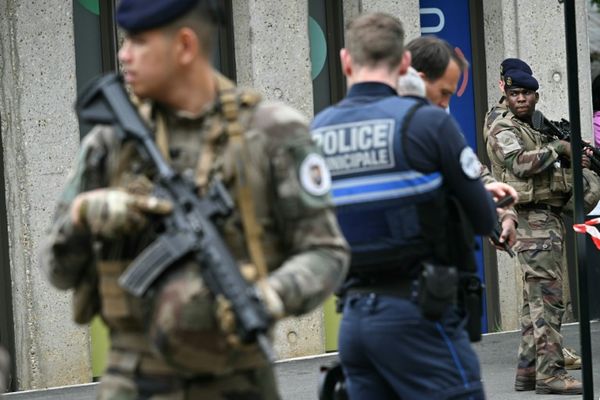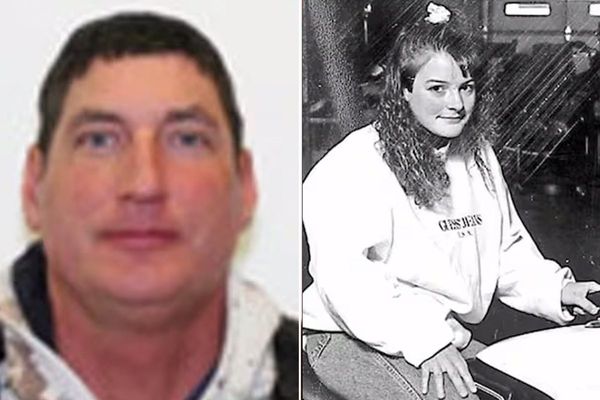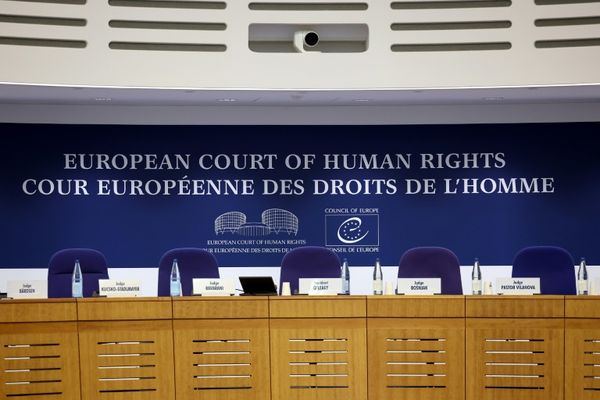
An academic claims to have solved the mysteries surrounding England's "most haunted" village, Pluckley.
For over 70 years, the Kent village has held the chilling title of England's scariest village, with claims of over a dozen resident ghosts.
Dr. Simon Moreton, an associate professor of creative economies at the University of the West of England, delved into the village's history to uncover the source of its spooky reputation.
Among the reported spirits are the Hanging Schoolmaster and the Screaming Man of the Clay Pit.
Dr Moreton's extensive research, including archival materials, newspapers, vital records, and parish documents, has revealed the origins of Pluckley's ghostly folklore.
“I’ve been fascinated by the ghost stories of Pluckley since I was a child,” he said.
“My late father’s ancestors came from the village, so the research has been a personal as well as a professional journey.
“Over the course of the research I even discovered that one of the alleged ghosts is a distant cousin – Sarah Sharp, the Watercress Lady.”

Pluckley, on the northern edge of the Weald between Maidstone and Ashford, was an Anglo-Saxon settlement and boasts several historic buildings including a 14th century church.
It found fame in the 1990s as the setting for the hit TV adaptation of HE Bates’s novel The Darling Buds of May and its sequels, starring David Jason and Pam Ferris.
The village is rumoured to be home to anything between 10 and 17 ghosts.
The most haunted title was first given to the village in 1950 and bolstered by a mention – although not an actual award – in the 1989 Guinness Book of World Records.
“Storytelling is a fundamental human behaviour and whether or not you believe in ghosts, Pluckley’s reputation demonstrates how fascinated we are with tales with a spooky edge to them,” Dr Moreton said.
“What’s exciting about this research is that it’s been possible to demonstrate how one person with a passion for these kinds of story was able to shape – for better or worse – the identity of a whole village through his storytelling.”

Dr Moreton’s research has discovered that 10 of Pluckley’s ghost stories were first recorded by local man Frederick Sanders in self-published books on ghost hunting, letters to the local press, newspaper articles and ghost hunts.
At least four ghost stories can be traced to real events.
Sarah Sharp, who burned to death in August 1911, is remembered as the Watercress Woman, while Mary Ann Bennett killed herself in 1862 and is remembered as the Lady of Rose Court.
Richard Bridgland died in an accident at the Pluckley Brick and Tile Works quarry in January 1899, and is remembered as the Screaming Man of the Clay Pit, while the Hanging Schoolmaster was a papermaker named Henry Edgar Martin who killed himself in August 1919.

“The way these stories get told and retold can tell us a great deal about how we use the past to understand ourselves and the places we live,” said Dr Moreton.
“Local rumours take on a life of their own. Personal tragedies become salacious gossip, and sometimes social prejudices obscure the real lived experiences of the people the stories relate to.
“Finally, it reminds us there are real people and real places behind these stories, both of which deserve our respect.”
The paper, Frederick Sanders and the Origins of the Most Haunted Village in England, is published in the journal Folklore.
Nigel Farage calls for minister for deportations
Knife crime in England and Wales: Latest numbers and trends
Migrant dies after medical emergency on small boat in English Channel
What Pope Francis left behind in his last will and testament
London Marathon weather forecast as 56,000 runners expected
Pepper spray to be used in young offender institutions from this summer







